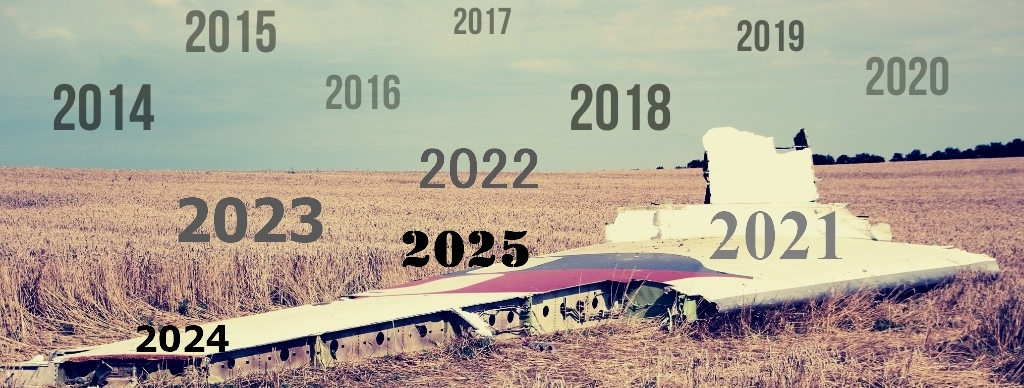30
3 CRASH: CAUSES
3.1 Design of the investigation
The international investigation into the causes of the crash of flight MH17 aimed at
determining what caused the aeroplane to crash and, where possible, learn safety lessons
from it. In order to determine the causes of the crash as reliably as possible, and thereby
inform the relatives and others involved as best possible, the investigation was aimed not
only at determining the causes but also at negating other explanations. To answer the
question as to why the aeroplane went down, the following questions were discussed in
the investigation:
Initially:
1a. What caused the crash?
1b. Which possible causes of the crash can be excluded?
After it was determined that the aeroplane had been hit from outside:
2a. What hit the aeroplane of flight MH17?
2b. What did not hit the aeroplane of flight MH17?
3.2 Data collection
Annex 13 forms the guideline for the international investigation and the collection of
data about a civil aviation incident or accident. Annex 13 has an appendix that specifes
various aspects that can be addressed in the investigation, and therefore what information
can be collected. Systematically applying the aspects listed in the appendix has the
objective to prevent possible causes of an aviation accident from being overlooked. The
Manual of Aircraft Accident and Incident Investigation formulates which data are relevant
and how the data collection can be performed.16 Both the Annex and the manual were
used for the data collection regarding the crash of flight MH17. The chapter ‘Factual
Information’ of the investigation report offers a detailed understanding of the information
that was used in the investigation. For this reason, only a short description of the
collection of data from various sources is given here.
16 ICAO Doc. 9756, part 1 - 4.
